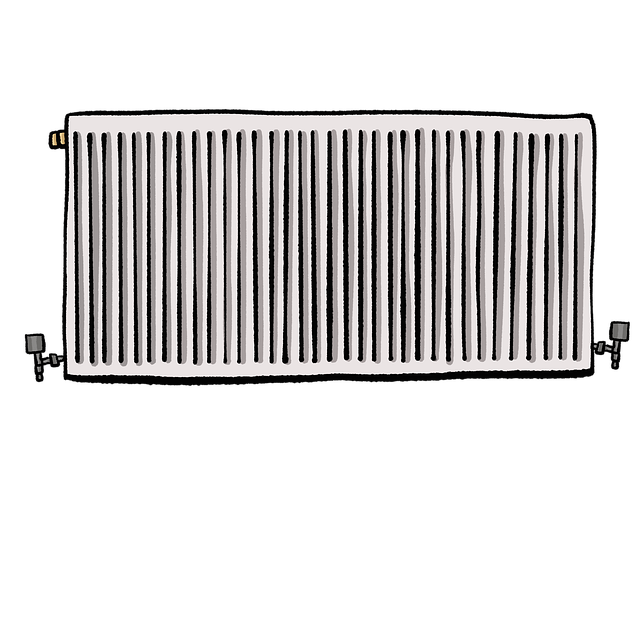Understanding and optimizing your central heating installation saves energy, reduces costs, and extends system lifespan. Key steps include recognizing components, adjusting thermostat settings to 18-20°C, regular maintenance, improving home insulation, and consulting local heating experts for substantial savings and a greener home.
Looking to reduce your energy bills and lower your carbon footprint? Efficient central heating is a great place to start. This guide breaks down essential tips for optimizing your system, from understanding your central heating installation to fine-tuning thermostat settings and enhancing home insulation. By implementing these simple yet effective strategies, you can enjoy a warmer home while conserving energy and saving money on your next utility bill.
- Understanding Your Central Heating System
- Efficient Thermostat Settings and Tricks
- Home Insulation: A Key Energy Saver
Understanding Your Central Heating System

Understanding your central heating system is a crucial step in implementing energy-saving measures. A central heating installation typically consists of a boiler, radiators, and pipes that distribute heat throughout your home. Familiarizing yourself with these components allows you to identify potential areas for improvement. For instance, checking for leaks in the piping system or ensuring radiators are fully operational can significantly enhance efficiency.
Regular maintenance is key when it comes to preventing common issues and improving safety. As a homeowner, scheduling routine check-ups and servicing will not only extend the lifespan of your central heating system but also optimize its performance. This includes cleaning or replacing filters, which can restrict airflow and cause the system to work harder, ultimately wasting energy. By taking these proactive steps, you can contribute to reducing energy consumption and lowering your heating bills.
Efficient Thermostat Settings and Tricks

Optimizing thermostat settings is a simple yet effective way to save energy with your central heating installation. During winter, set your thermostat to around 18-20°C for maximum comfort while minimizing energy use. You can further reduce consumption by using smart thermostats that learn your habits and adjust temperatures automatically. Programming the thermostat to lower the temperature when you’re out or during specific times of the day can save a significant amount of energy without compromising comfort.
Consider utilizing ‘as needed’ heating instead of maintaining constant high temperatures. Turn down the heat when everyone is home and dressed warmly, or use zone control systems to heat only occupied areas. Additionally, ensure regular maintenance of your central heating system, including cleaning and checking for leaks, as these can lead to inefficient operation. Remember, a well-maintained system runs more effectively, reducing energy costs and extending the life of your newbuild’s essential central heating installation components.
Home Insulation: A Key Energy Saver

Home Insulation: A Key Energy Saver
Proper home insulation is a powerful tool in the quest to save energy and reduce costs associated with central heating installations. By sealing gaps and cracks around windows, doors, and other openings, insulation acts as a barrier, preventing warm air from escaping and cold air from entering. This simple step significantly improves the overall efficiency of your central heating system. A well-insulated home requires less heat to maintain a comfortable temperature, leading to substantial energy savings over time.
When considering how to improve home insulation for better heating results, take note that it’s not just about adding more material. Effective insulation involves using the right type and thickness for each area of your home. For instance, loft insulation is particularly important as heat loss through an uninsulated loft can be significant. Simple steps taken by a plumber Bromsgrove or local heating expert, such as checking and replacing old or inadequate insulation, can make a substantial difference in energy efficiency and contribute to a greener, more cost-effective home.
By understanding your central heating system, adjusting thermostat settings, and prioritizing home insulation, you can significantly reduce energy consumption and lower your heating bills. These simple yet effective tips not only contribute to a greener environment but also make your home more comfortable and cost-efficient. Consider investing in a professional central heating installation to further optimize your system’s performance and enjoy long-term savings.
